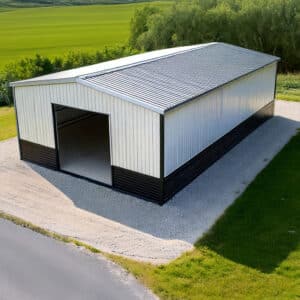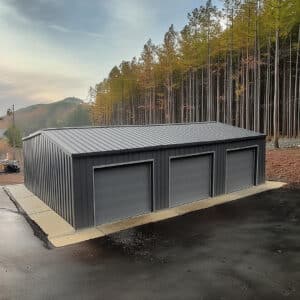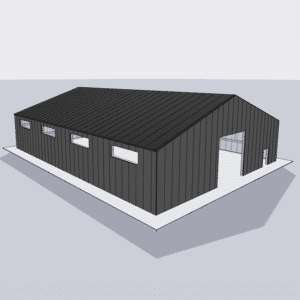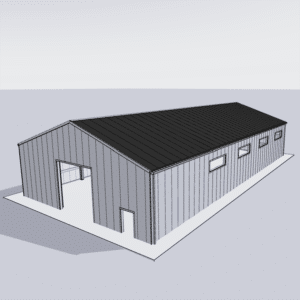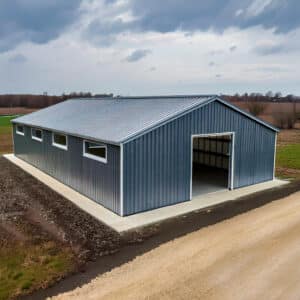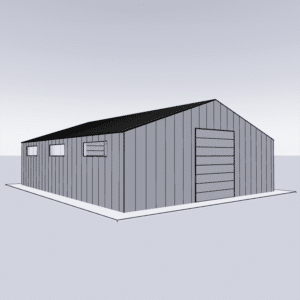Steel Building Durability and Weather Resistance
One of the primary advantages of steel buildings is their exceptional durability and ability to withstand a wide range of environmental conditions.
Home
Steel Building Maintenance Guide
Building Insulation
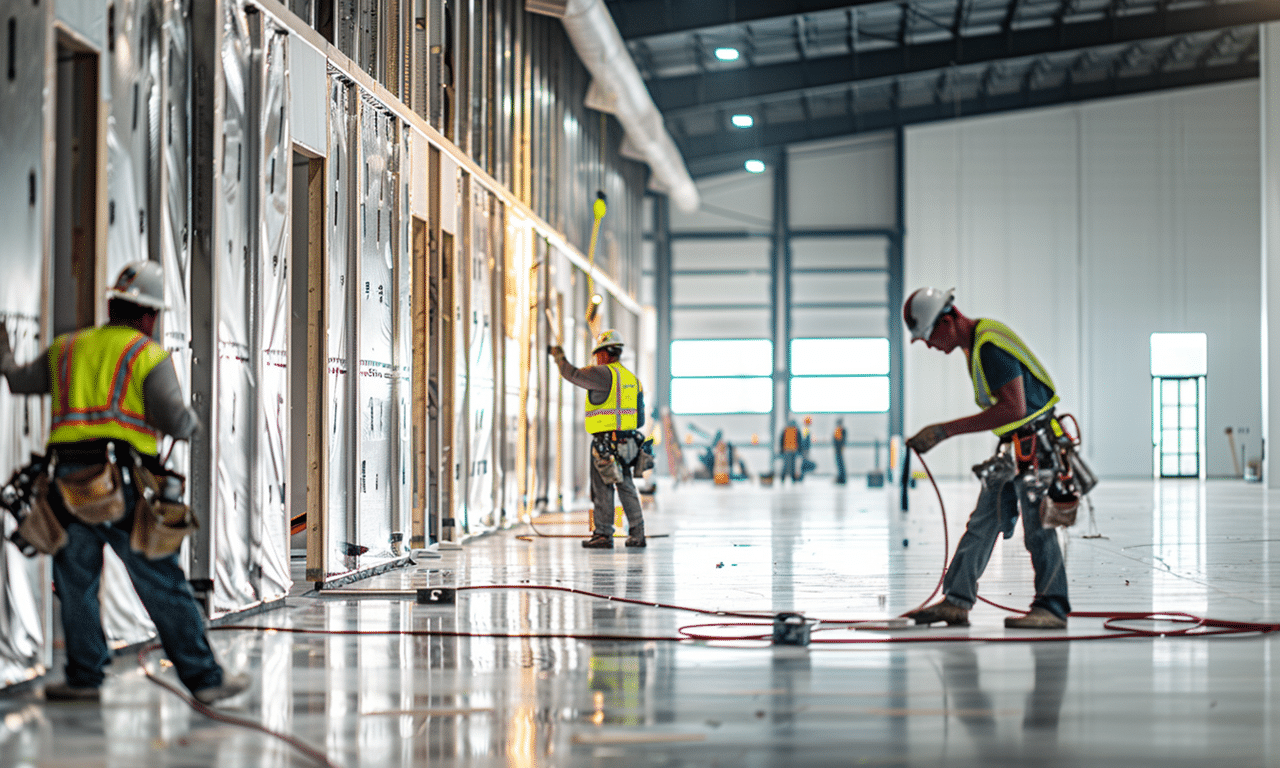
Whether you’re facing heavy snow, high winds, or extreme temperatures, a well-constructed steel building can offer protection and longevity far beyond that of traditional materials. In this guide, we’ll explore the factors that contribute to steel building durability and provide tips for improving weather resistance.
1. Steel’s Natural Strength and Longevity
Steel is inherently strong, which makes it one of the best materials for constructing buildings that need to last for decades. Here’s why steel is the preferred material for long-term durability:
- High Tensile Strength: Steel’s high tensile strength allows it to withstand significant pressure, making it ideal for both small residential structures and large industrial facilities.
- Resistance to Pests and Rot: Unlike wood, steel is not vulnerable to termites, mold, or decay. This characteristic reduces the need for repairs and helps maintain the building’s structural integrity over time.
- Corrosion-Resistant Coatings: Many steel building materials are treated with protective coatings to resist rust and corrosion, further extending the building’s lifespan.
To learn more about selecting materials for your steel structure, visit our Steel Building Kits page.
2. Protection Against Extreme Weather
Steel buildings are designed to withstand some of the harshest weather conditions, making them a reliable choice for various climates. Below are some of the ways steel buildings are built to handle extreme weather:
A. High Wind Resistance
In regions prone to strong winds or tornadoes, steel buildings are engineered to resist wind damage. The structural integrity of the steel frame allows the building to flex slightly during high winds, preventing serious damage.
- Wind Loads: Steel buildings can be customized to meet specific wind load requirements, depending on local building codes and environmental conditions.
B. Snow Load and Ice Resistance
For areas with heavy snowfall, steel buildings can be designed to bear significant snow loads. The roof structure, pitch, and support system are key elements in preventing roof collapse under the weight of snow.
- Roof Pitch: A steeper roof pitch encourages snow to slide off rather than accumulate, reducing the risk of damage.
- Reinforced Frames: Steel buildings can be reinforced to handle the additional pressure caused by snow and ice buildup.
Learn more about designing a roof that can handle extreme weather in our Steel Building Design Guide.
C. Fire Resistance
Steel is non-combustible, making it an excellent choice for buildings in areas prone to wildfires. While other materials like wood can fuel a fire, steel offers a fire-resistant solution that provides added safety and reduces fire-related damage.
D. Earthquake Resistance
Steel buildings are often used in areas prone to earthquakes due to their ability to flex and absorb seismic energy. Steel’s flexibility helps the structure remain standing during seismic activity, unlike more rigid materials that may crack or collapse.
- Seismic Design: For buildings located in earthquake zones, additional reinforcement and specialized designs can be added to enhance earthquake resistance.
3. Preventing Rust and Corrosion
While steel is durable, it’s essential to protect it from rust and corrosion, especially in coastal or humid environments. Corrosion can weaken the structural integrity of a steel building over time, so proactive measures are necessary.
A. Galvanized Steel
Galvanized steel is coated with a protective layer of zinc, which helps prevent rust from forming. This coating is ideal for steel buildings located in humid or coastal regions.
B. Paint and Coatings
Another effective way to prevent rust is by applying high-quality paint or specialized coatings to exposed steel surfaces. These coatings provide a barrier against moisture and other environmental factors.
C. Regular Maintenance
Regular maintenance, including inspections and touch-ups on paint or coatings, is key to preventing rust from spreading. Small areas of rust should be treated promptly to prevent larger issues.
Learn more about rust prevention and repair in our Steel Building Maintenance Guide.
4. Insulation and Temperature Control
Insulating your steel building properly can further improve its durability and protect it from weather-related issues like condensation and temperature fluctuations. Proper insulation helps regulate indoor temperatures and prevents moisture buildup, which can lead to rust or other damage over time.
- Moisture Control: Insulation, combined with vapor barriers, helps prevent condensation from forming inside the building, especially in cold or humid climates.
- Energy Efficiency: Insulated steel buildings are more energy-efficient, reducing the need for excessive heating or cooling and making them more environmentally friendly.
For more information on insulation options, check out our Guide to Steel Building Insulation.
-
30×50 Metal Building MB212305014W0 Deposit
$18,000.00 Add to cart -
30×50 Garage Package Deposit
$8,500.00 Add to cart -
30×30 Garage Package Deposit
$8,500.00 Add to cart -
20×40 Garage Package Deposit
$5,500.00 Add to cart -
60×80 Steel Building Kit Deposit
$20,000.00 Add to cart -
50×100 Steel Building Kit Deposit
$20,000.00 Add to cart -
50×80 Steel Building Kit Deposit
$20,000.00 Add to cart -
50×60 Steel Building Kit Deposit
$20,000.00 Add to cart
5. Proper Foundation and Drainage
A durable steel building requires a solid foundation and proper drainage to ensure its long-term stability. Water pooling around the foundation can lead to damage, so it’s important to address drainage and grading issues during the planning stage.
A. Foundation Type
Most steel buildings are constructed on concrete foundations, which provide the necessary stability and support. The foundation must be designed to handle the weight and wind load of the building, as well as any potential weather conditions, such as snow and earthquakes.
B. Drainage Systems
Proper drainage around your steel building is essential to prevent water from seeping into the foundation. Guttering, downspouts, and grading the land away from the building are effective ways to prevent water damage.
To get started on your steel building project, visit our Full-Service Turnkey Steel Buildings page for professional assistance.

Residential Construction
Your dream home or residential steel building project is in good hands with us.
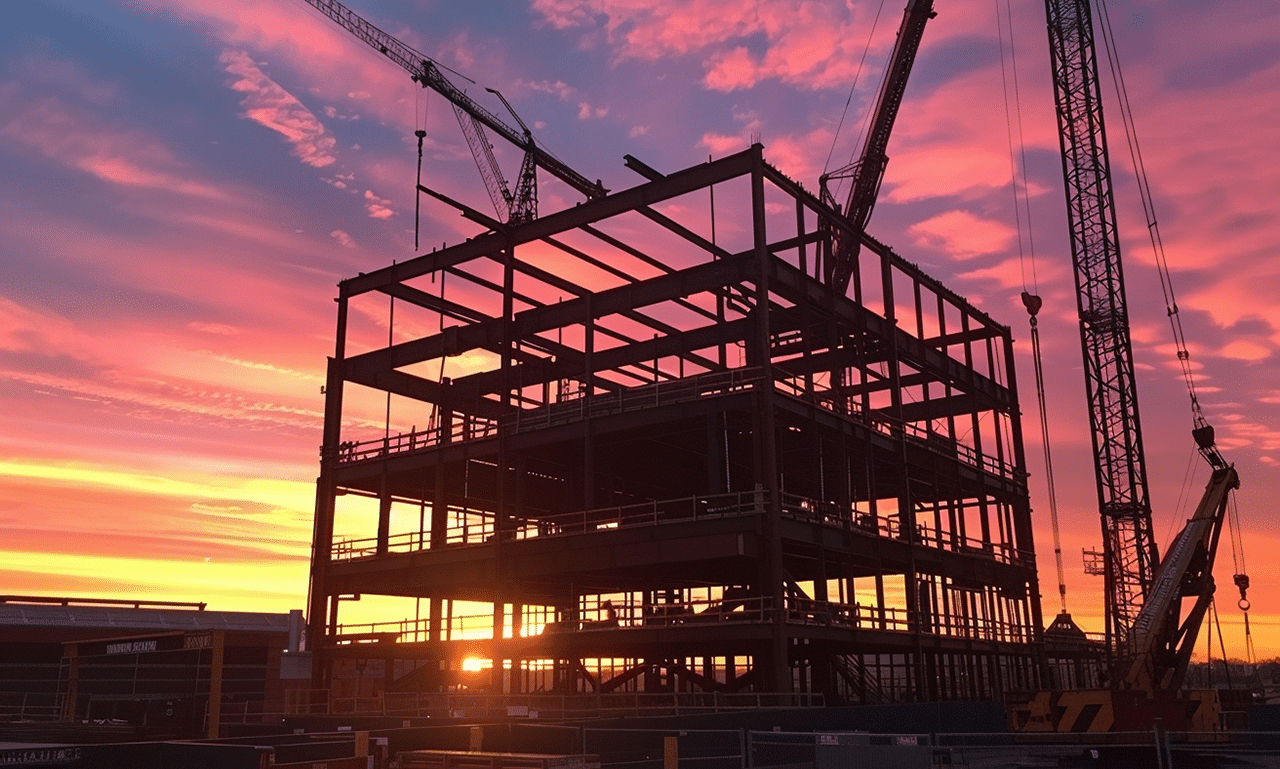
Commercial Construction
From warehouses to office spaces, we manage the design, construction, and ...
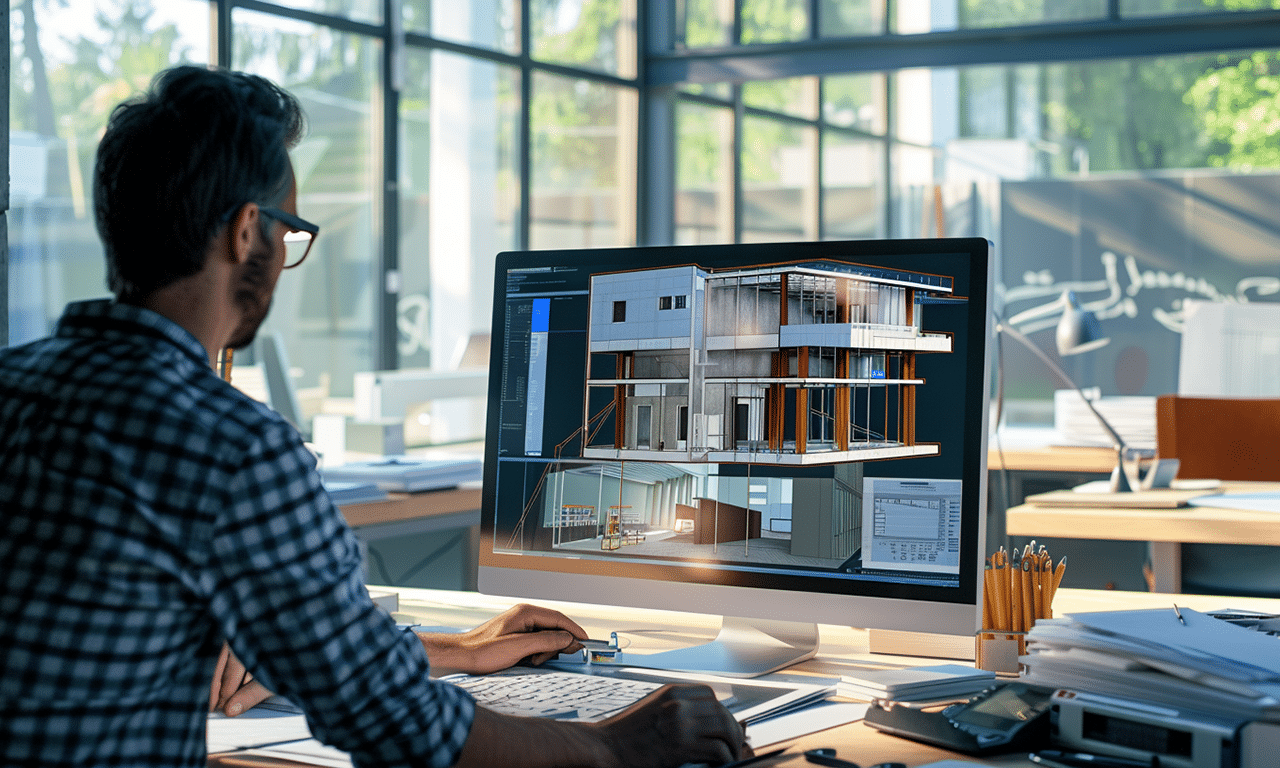
Custom Building Projects
Tailoring every aspect to your vision, our Building Projects service delivers unique steel structures
6. Regular Maintenance for Long-Term Durability
Maintaining the durability and weather resistance of your steel building requires regular inspections and upkeep. Here are a few maintenance tips to keep your building in top condition:
- Inspect for Rust and Corrosion: Regularly check for signs of rust, particularly around fasteners, joints, and areas where the protective coating may have worn off.
- Check Roof and Gutters: Ensure that the roof is free of debris and that gutters and downspouts are functioning properly to prevent water buildup.
- Reinforce as Needed: Over time, your steel building may need reinforcement or touch-ups to maintain its structural integrity.
For more maintenance tips, refer to our Steel Building Maintenance Guide.

Describe Your Project
Share your project details, and we’ll assign you an expert to provide tailored advice and guide you through the next steps.
Step 02
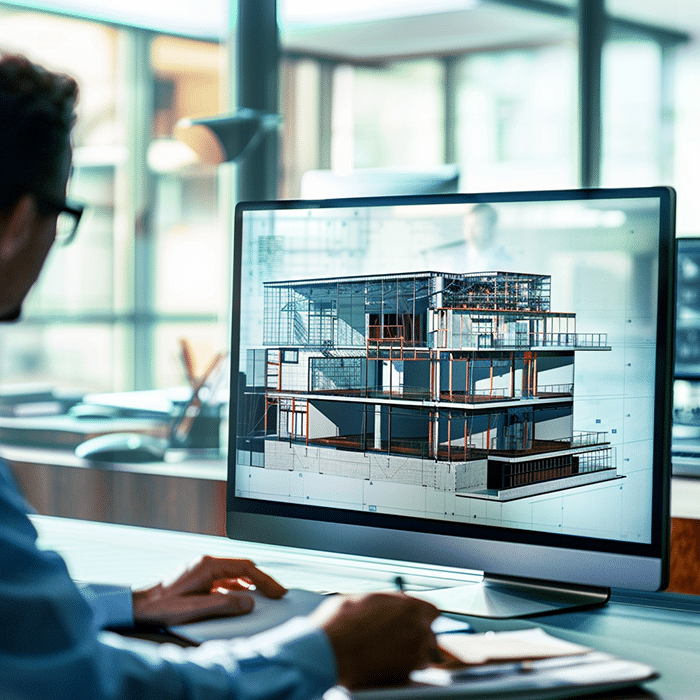
Get a Tailored Quote
Based on your project requirements, we’ll provide a customized quote that includes design, materials, and any additional services you may need.
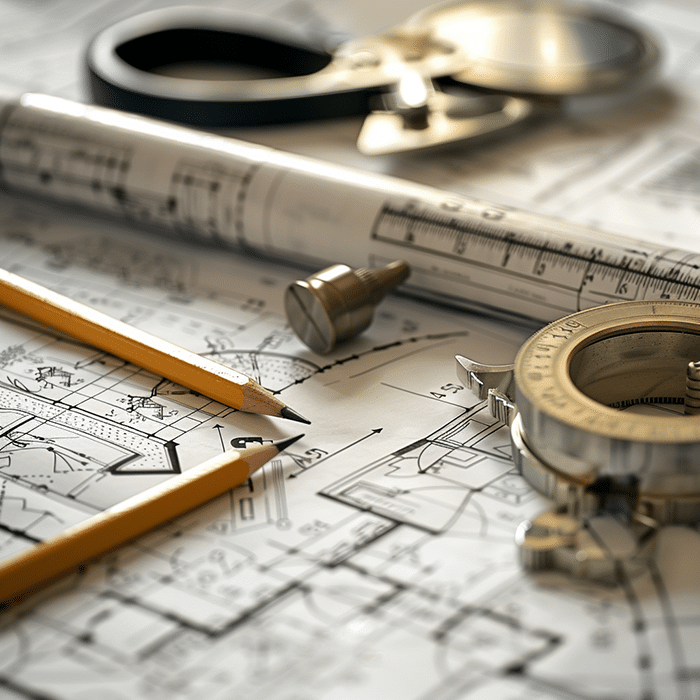
Questions - Approvals
Review the project plan and design we propose. Once you approve, we’ll finalize the timeline and prepare everything to start the process.

Start Building
Our skilled professionals will begin the construction process, delivering high-quality workmanship and keeping you informed every step of the way.
FAQ’s
What are the benefits of choosing a steel building
Steel buildings are durable, cost-effective, energy-efficient, and customizable for a variety of uses, from residential to commercial projects.
How long does it take to complete a steel building project?
The timeline depends on the project’s size and complexity, but most steel building projects can be completed faster than traditional construction.
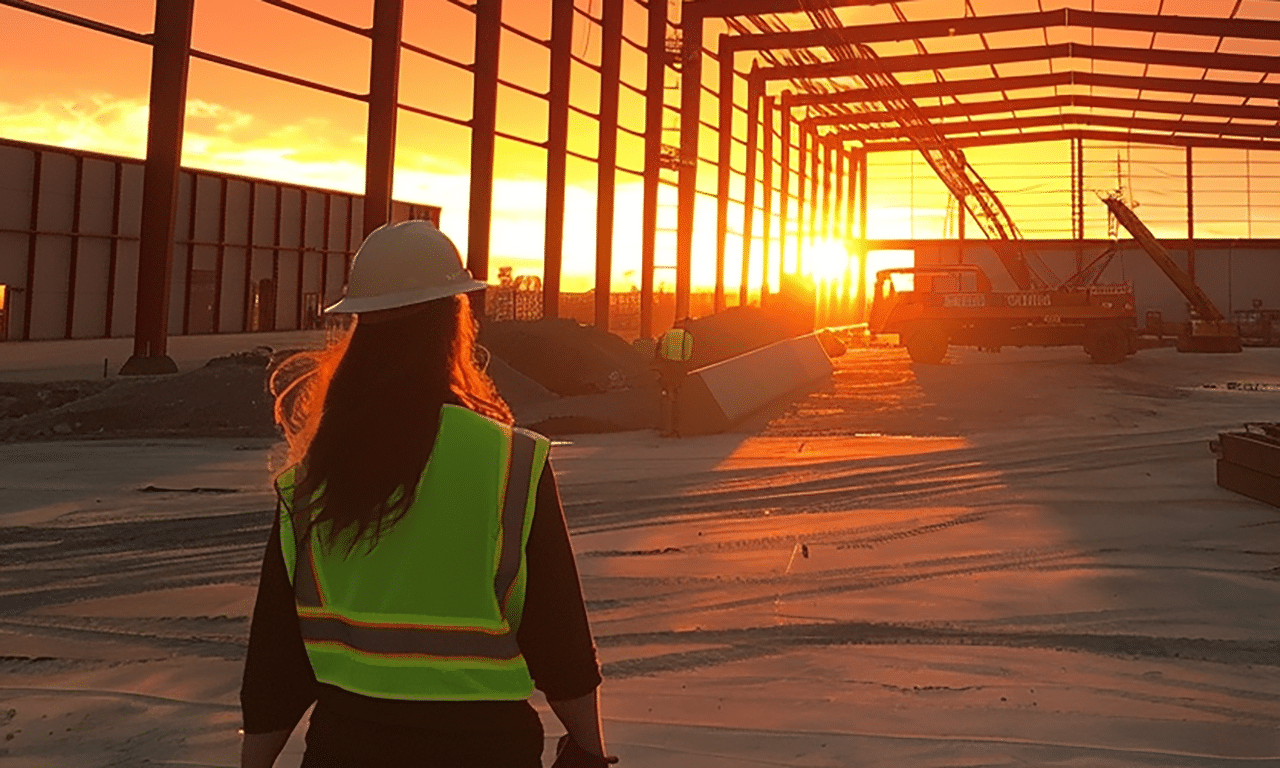
Do you offer custom designs for steel buildings?
Yes, we provide fully customized steel building designs to meet your specific needs, whether residential, commercial, or industrial.
Are steel buildings energy-efficient?
Yes, steel buildings can be designed with insulation, reflective materials, and energy-efficient features to reduce operational costs.
Steel buildings are designed to last, offering unparalleled durability and resistance to harsh weather conditions. From high winds and heavy snow to fire and seismic activity, steel structures stand strong in the face of nature’s toughest challenges. With proper care, regular maintenance, and weather-appropriate customization, your steel building can provide a safe and reliable space for decades.
For more information on designing and customizing a durable steel building, visit our Steel Building Kits or Contact Us today for expert advice.
Your Building Project, Simplified
- Clear, upfront pricing
- Thorough evaluation to ensure the best value for your investment
- Flexible customization options
- Fast delivery times
- Expert guidance to keep you fully informed at every step
Contact


